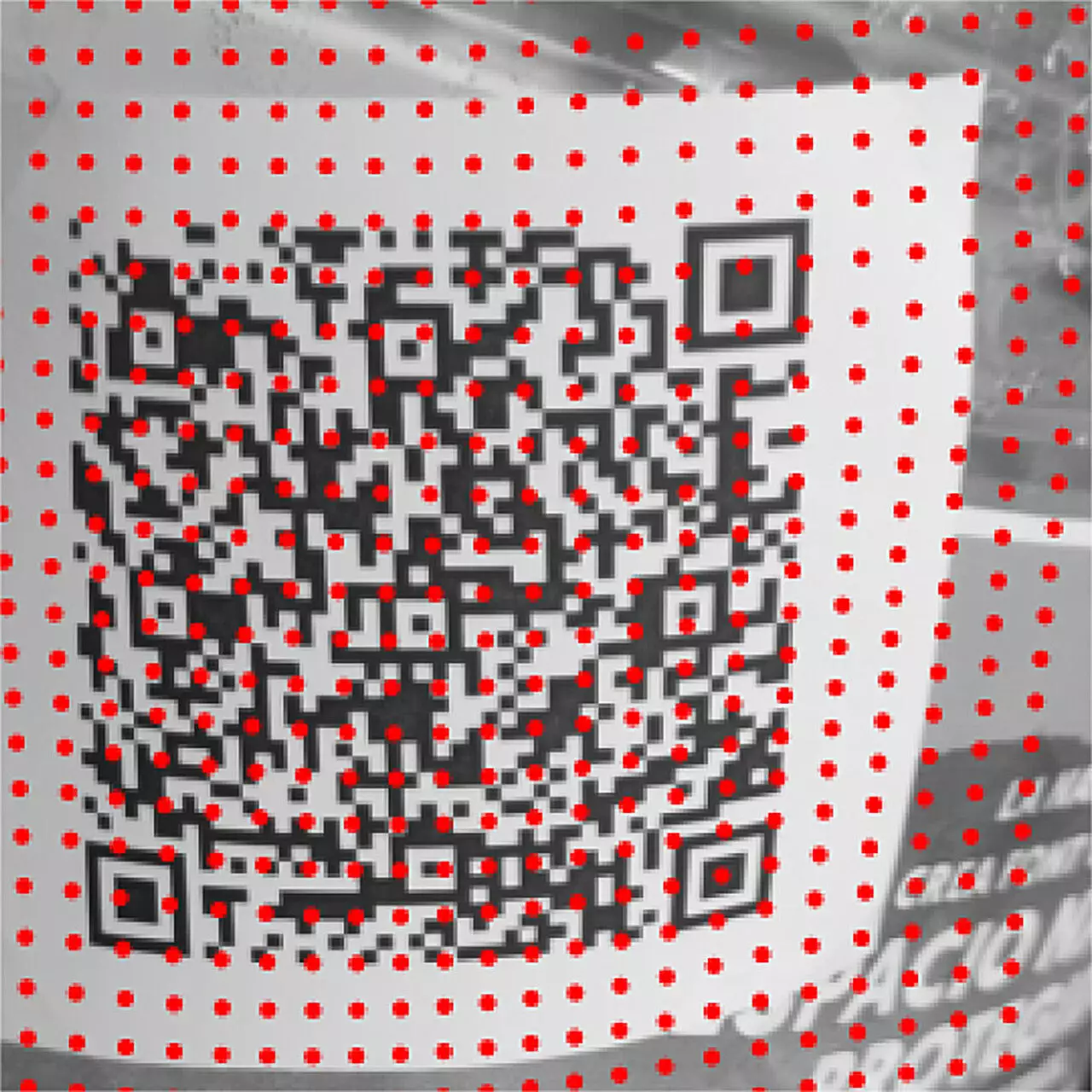In an age where digital interaction predominantly takes place through smartphones, Quick Response (QR) codes have become ubiquitous, serving as gateways to information and services. However, despite their convenience, scanning QR codes effectively can present various challenges, particularly in less-than-ideal physical conditions. A team from the University of Barcelona and Universitat Oberta de Catalunya has recently made strides in addressing these issues through the development of a new methodology aimed at enhancing QR code readability, particularly in complex environments.
QR codes, characterized by their two-dimensional matrix of black and white squares, are designed for quick scanning and data retrieval. Yet, their functionality is often hindered by several factors. Subpar image quality from the smartphone’s camera, inferior print quality, and irregular surface topographies can all contribute to failed scans. Professor Ismael Benito, the study’s lead author, emphasizes that while many smartphones boast advanced cameras, capturing a clear image of a QR code is not always guaranteed.
The practical implications of these limitations were illustrated in everyday scenarios. For instance, attempting to scan a QR code off a cylindrical object, such as a bicycle-sharing service (Bicing) bike, can result in distorted readings due to the curvature of the surface. Users may find themselves frustrated as they navigate the fine line between being too close, which causes distortion, and being too far, leading to inadequate image size for scanning. This highlights the need for a robust scanning methodology that adapts to various surfaces and conditions.
The innovation presented by the research team lies in their algorithm, which leverages the inherent characteristics of QR codes to improve scan accuracy. This method focuses on correcting distortions caused by the irregularities of the surface where the code is printed. By employing advanced mathematical functions called splines, the algorithm can adjust and compensate for the fluctuations in the surface topography. This localized adjustment mechanism is a breakthrough, mimicking techniques previously utilized in fields like geology and photography.
The ability to recover the texture of the surface is pivotal. Benito suggests that the new methodology not only makes it easier to read QR codes but opens the door to potential applications in various industries, including packaging, manufacturing, and even advertising. It signifies a transition from traditional scanning methods to a more sophisticated, adaptable system capable of addressing the inherent challenges presented by physical environments.
The potential impact of this research extends beyond mere convenience; it poses significant benefits for industries that heavily rely on QR code technology. For instance, food packaging companies, retailers, and logistics firms could see enhanced efficiency as their operations increasingly incorporate smart labeling technologies. This innovation aligns with current trends towards automation and data-driven practices, allowing industries to streamline their processes while improving overall user experiences.
Moreover, as society becomes increasingly reliant on digital interactions, ensuring secure and reliable QR code scanning becomes paramount. Benito’s research doesn’t just end at improving capture techniques but also addresses the threats present in QR code functionalities, including vulnerabilities to tampering. The team is determined to minimize the risks associated with QR codes being misused, ensuring that users are directed to genuine links and resources.
Despite the promising advancements, there are still numerous hurdles to overcome. The researchers acknowledge that a primary challenge lies in achieving more reliable and accurate readings across diverse environments. As they continue to refine their methodology, they also aim to accelerate scanning speeds, crucial for commercial implementations where efficiency is key.
Moving forward, the collaboration between academia and industry, as exemplified by the establishment of ColorSensing, a spin-off company stemming from this research, will play a critical role in bringing these innovations from the laboratory to real-world applications. The pathway paved by this groundbreaking study not only showcases the capabilities of modern technology but also highlights the importance of continuous research and development in adapting to our ever-evolving digital landscape.
The journey to improve QR code recognition is emblematic of broader trends towards innovation in technology. With each advancement, the aim is clear: to create a future where digital information is accessible to all, regardless of the complexities found in our physical environments. This pioneering research is a significant step toward that goal, offering a glimpse into the possibilities that lie ahead.


Leave a Reply